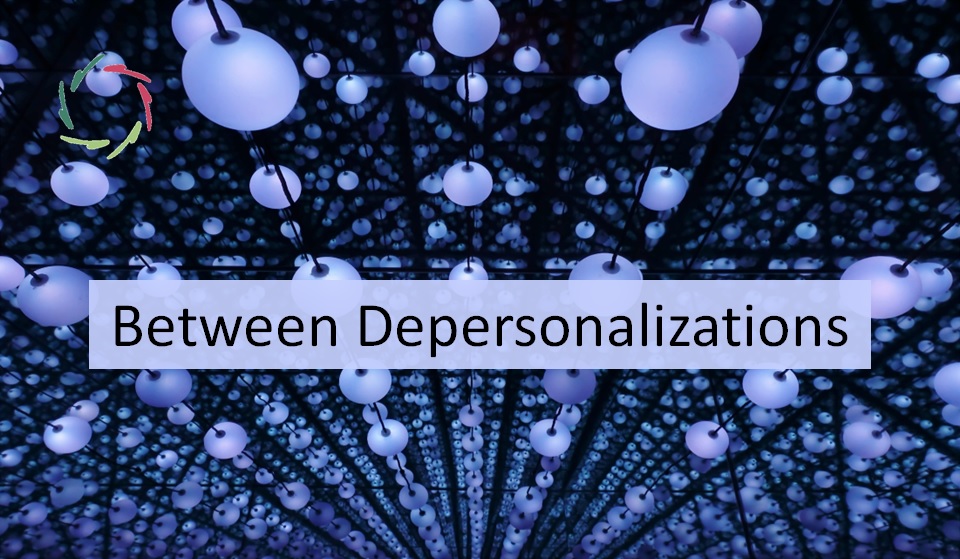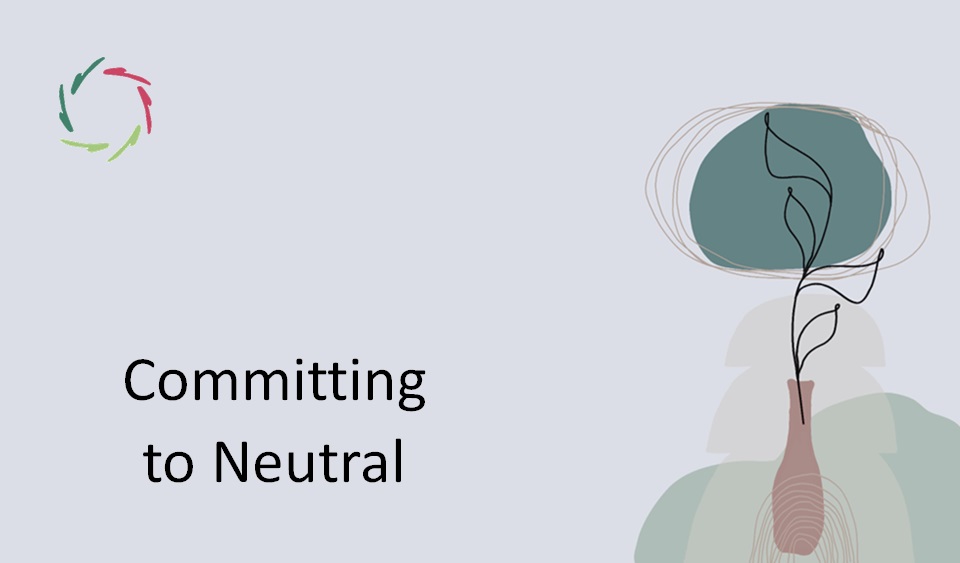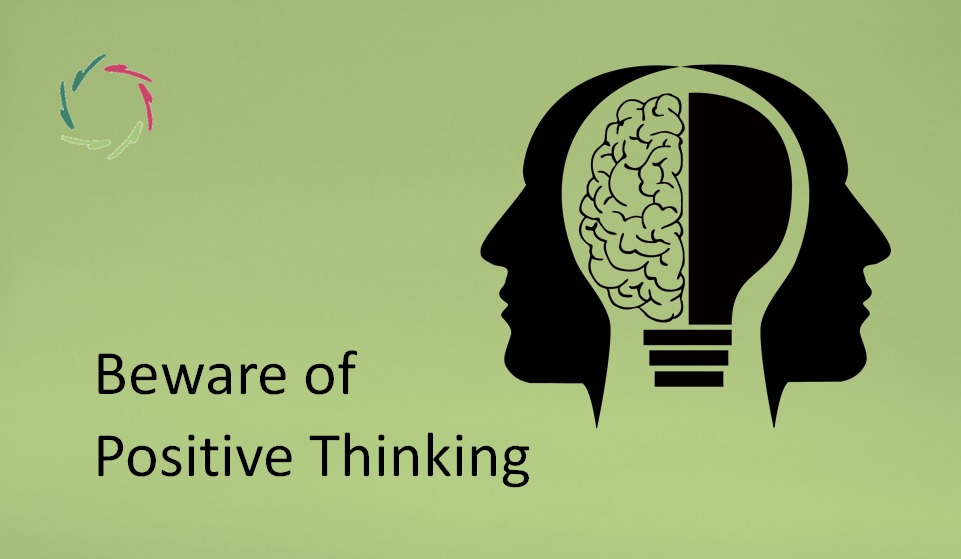Between Depersonalizations

A person is a dynamically evolving agent (volitional subject) with enough stability to feel like a persistent entity and enough flexibility to stay alive and thrive in changing circumstances, to ‘remain the same by changing.’
Thus, a person – living dynamic system – can depersonalize in two directions: toward too much or too little flexibility.
Too little
This leads to the depersonalization of, for instance, factory workers in the industrial era (still ongoing in many places) who were/are subjected to mind-numbing repetition of labor, reducing them to a kind of machine much like the machines they were operating. Through capitalism, workers had no choice but to let themselves be subjected to this depersonalization. They also felt this way, many drowning their misery in alcohol after hours.
Karl Marx revolted mainly against this machine-like treatment of many workers. Such a Marx interpretation is still relevant and especially also for many computer jobs. More broadly even, in the present era, people risk being robotized in subtle ways through algorithms that draw them into a voluntary diminishment of complexity. For instance, in social media. Whether people have more choice than their industrial colleagues can be debated.
Too much
Too much flexibility diminishes one’s being a singular person, an entity capable of making self-related decisions. There is not enough stability to feel or behave like a persistent entity.
This can be compared to salt dissolving in water. No material disappears, but the form becomes very different. For instance, the salt cannot be taken out of the water in dissolved form.
With this kind of depersonalization, the personality is largely dissolved.
The middle ground
This is where a person can optimally exist and be oneself most dynamically. Note how this happens between boundaries on both sides. It is a delicate equilibrium between two depersonalizations, a balanced region where the person can optimally thrive. There is no maximization but only this balance itself.
Part of mental sanity lies in making this balance robust. This isn’t attained by anxiously striving to strike the perfect middle cord on any occasion. The exercise lies in carving out a broad region where one can go out of balance, then back in again.
Like dancing near two abysses
For instance, an artist may explore regions further away from the perfect balance. There is some danger in this, as is logical and well known. On the other side, being artistic may give a lot of inner joy. Many find their performing art even therapeutic. Indeed, it keeps one flexible.
Daring to be vulnerable is an interesting challenge.
Human mental growth
This can also be related to how one inhabits the middle ground. It’s like being an artist and the art at the same time. Here too, exaggeration is not without danger ― in principle.
Nevertheless, much support is possible, making it more efficient and less dangerous.
Say, the AureLisa project.


